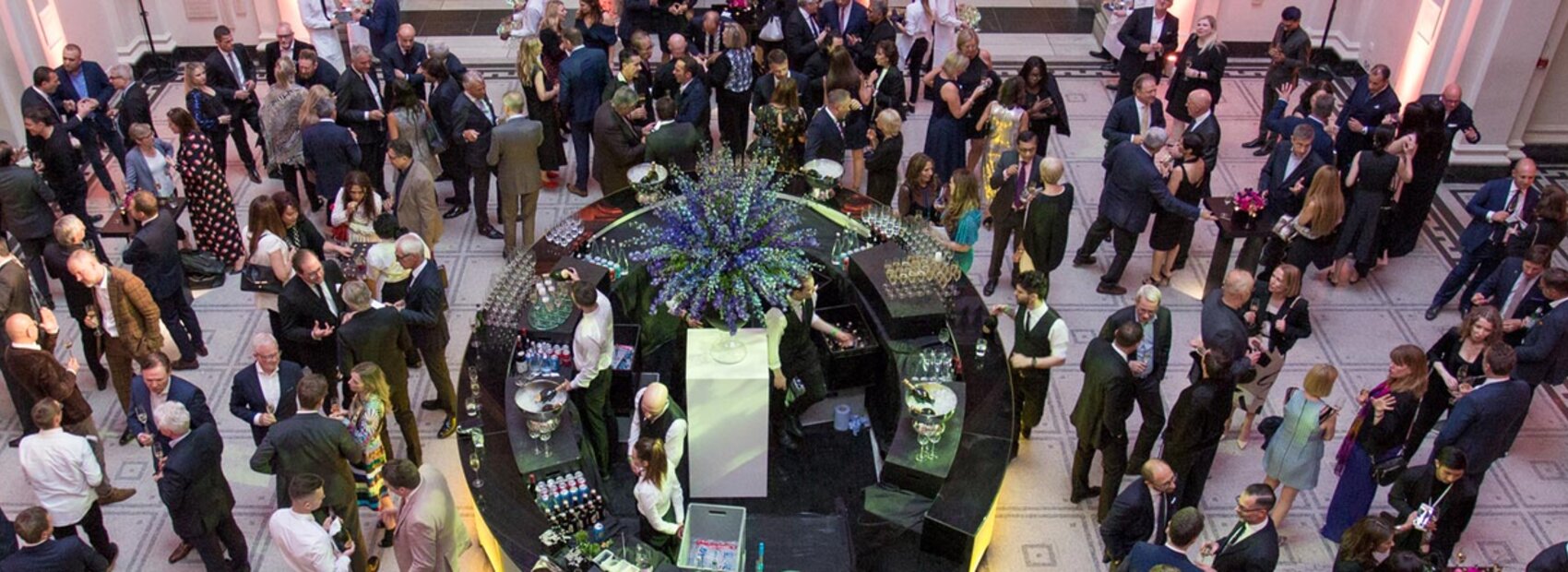On rainy days, the GUM mall on Moscow's Red Square swarms with tourists. Unfortunately for GUM, the hordes seeking shelter tend to do more looking than buying, in large part because the big-brand fashions there cost about 50% more than they do in Paris or London. That's a problem for GUM's owner, a closely held Russian retailer called Bosco di Ciliegi. Without the reliable cash from tourists that fuels profits at department stores like Galeries Lafayette in Paris or London's Harrods, Bosco has started to look beyond its flagship to new outlets across Russia, where it can win over local shoppers rather than visitors. For the next five years, Bosco plans to focus on adding stores in four cities outside the capital -- St. Petersburg, Sochi, Yekaterinburg, and Samara -- because future growth will come from the regions. Bosco also manages shopping centers across Moscow and in other Russian cities, including about 80 sportswear outlets called Bosco Sports. The group's annual sales are about 500 mln euros. The Russian fashion retail market expanded 11% last year to about $50 bln, of which Moscow accounted for $6 bln, according to INFOLine. Russia's other two biggest luxury retail groups have followed a similar strategy, though they're being more cautious. Mercury, which owns Moscow's Tsum department store and represents brands such as Dolce & Gabbana, Giorgio Armani and Tiffany, opened a department store in St. Petersburg last year and has had shops in luxury hotels in Sochi and Yekaterinburg for several years. JamilCo, which represents DKNY, Burberry, and Escada, has stores in Yekaterinburg and Rostov. Neither company plans to enter more markets outside of Moscow.

